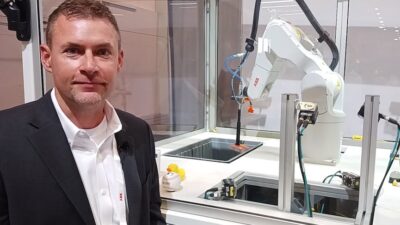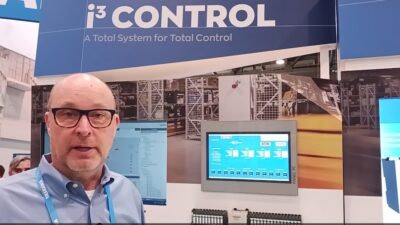Al Beydoun, President and Executive Director of ODVA, discusses how SPE and APL will change industrial networking. See video.

Industrial Networking Insights
-
Despite the rise in preference for industrial Ethernet networks, many fieldbus installations remain in place in process industries where hazardous conditions and the need for longer cable runs make the transition to Ethernet challenging.
-
SPE and APL aim to solve these issues by providing a long-range, intrinsically safe option that combines the versatility of fieldbus with the bandwidth and interoperability of Ethernet.
At one time, many doubted that industrial Ethernet could ever take the place of legacy fieldbus on the plant floor. Prior to the rise of deterministic Ethernet communication protocols such as EtherCAT, EtherNet/IP, and Profinet, Ethernet simply wasn’t capable of accommodating the extremely rapid cycle times mandated by complex motion control applications, which often require control loop updates take place within the space of mere milliseconds to function properly. However, with these issues solved, Ethernet has increasingly become the preferred industrial network, particularly in discrete manufacturing.
Still, despite the rise in preference for industrial Ethernet networks, many fieldbus installations remain in place, particularly in the process industries where the shift to Ethernet has been more challenging. One of the reasons for this is that longer cable runs are often needed in large, outdoor environments common to some process industries. With typical industrial Ethernet being limited to a maximum length of 100 meters to prevent signal decay, this can present an issue. Moreover, with many process industry applications taking place in areas classified as hazardous zones and divisions by the National Electric Code, costly safety measures that require specific expertise must be undertaken to ensure Ethernet cabling and connectors will not ignite a flame.
Single-Pair Ethernet (SPE) and Ethernet Advanced Physical Layer (APL) are recent innovations in Ethernet’s physical layer—the first tier of the Open Systems Interconnection (OSI) model—may help to surmount these obstacles.
Control Engineering spoke to Al Beydoun, President and Executive Director of ODVA, to learn more about the benefits SPE and APL can offer end-users.



